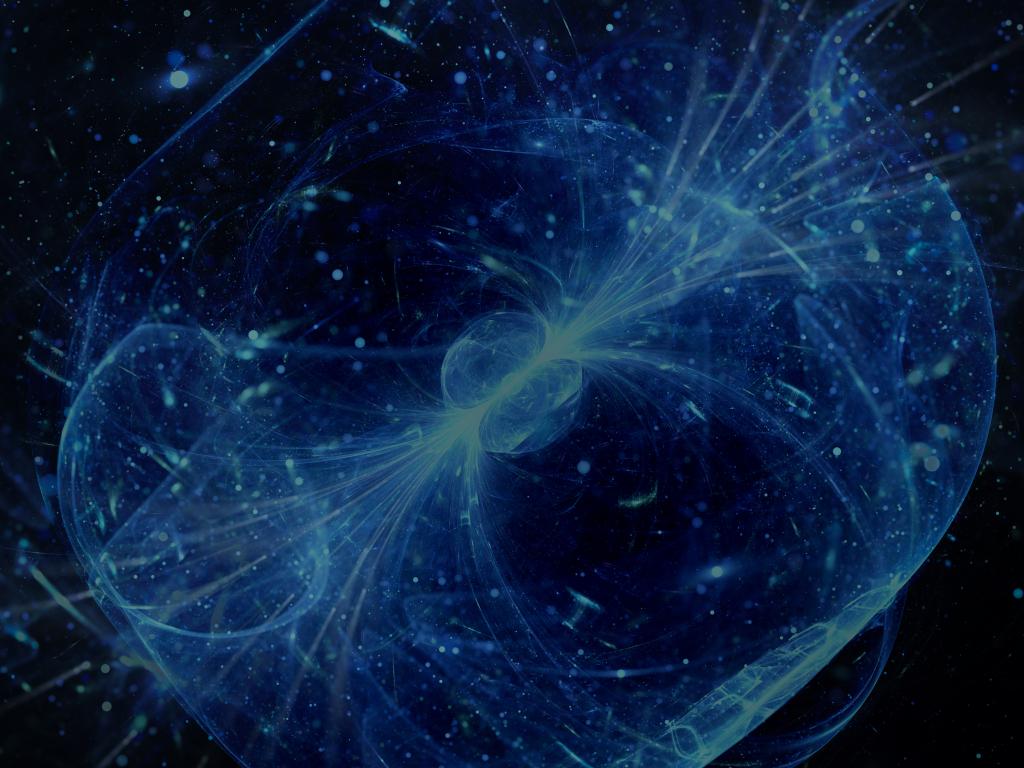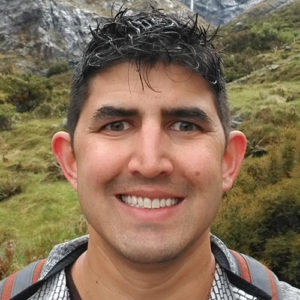Admission CTAs
Mason Physicist receives NSF CAREER Award for Quantum Cryptography Research, Outreach
In spring, 2019, George Mason University College of Science assistant professor Patrick Vora received a $557,230 National Science Foundation CAREER award to create technologies that enable unbreakable encryption protected by the laws of quantum mechanics.
The main questions at the heart of Vora’s efforts are: 1) How do the quantum phenomena in two-dimensional (2D) materials interact? 2) How can these interactions be leveraged to keep information secure? This significant scientific challenge also includes K-12, undergraduate and graduate student outreach efforts to build a pipeline of the next generation of STEM leaders, including physicists, chemists, mathematicians, engineers and data scientists, with the knowledge needed to bring these quantum technologies to industry.
Over the coming decades, quantum mechanics, which describes nature at the scales of atoms and subatomic particles, will become critical for shaping the technological landscape and therefore will determine how we compute, communicate, and sense our world. Quantum computers will offer tremendous improvement in computing power yet, this technology may also present new security risks as quantum computers can easily break conventional encryption schemes.
“My research looks at how proximity effects from 2D correlated metals modify the optical properties of atomically-thin semiconductors,” described Vora. “Ultimately we hope to take advantage of the quantum correlations in the metals to create entangled photon pairs in the semiconductor.” Entangled photons are a key technological building block for many quantum technologies, and are especially critical for quantum cryptography which provides unbreakable encryption. This research looks to lay the foundation for entangled photon production by Cooper pair injection to develop new pathways for a high-purity, on-demand entangled photon sources for quantum cryptography.
“We encourage Mason scientists to pursue impactful research to solve global problems,” offered College of Science Associate Dean of Research, Ali Andalibi. This research approach relies on the assembly and characterization of van der Waals heterostructures, using optical, magnetic, and electronic characterization techniques to study the properties of these heterostructures with a variety of different stacking arrangements. “The team looks to publish exciting preliminary results very soon,” Andalibi added.
To Vora, this award has impact far beyond the lab. “The educational objective of this NSF CAREER award is to improve the curricula at George Mason University to prepare students for entering the growing quantum workforce.” Vora envisions Mason students equipped with hands-on knowledge of quantum science who will be ultra-competitive for these ‘next generation’ tech jobs. In addition, Vora will work to share quantum science to encourage young scientists’ interest in quantum technologies.
“Patrick Vora exemplifies what an excellent scholar-mentor should be,” shared Physics and Astronomy Department chair, Paul So. “He actively engages Mason’s undergraduate and graduate students, offering meaningful experiences in quantum materials study and research.” Vora will also present quantum physics modules to attendees of the College of Science’s summer FOCUS (Females of Color Underrepresented in STEM) camps to inspire underrepresented K-12 youth to pursue a career in the quantum sciences.
Vora has already begun research and outreach efforts under the NSF CAREER award. Starting this fall, Vora will offer a series of Quantum Coffees/Hangouts, public engagement talks to help inform local communities about quantum science, why it matters, and what it can do for them.

